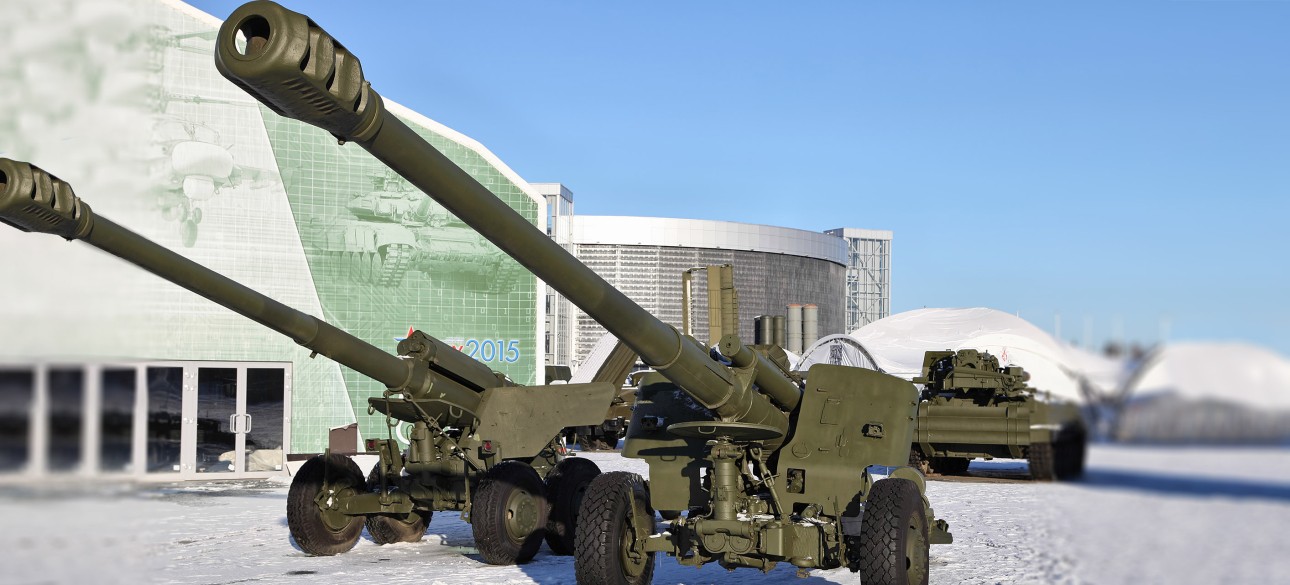
The howitzers of two calibers -122 and 152 mm. If they take 122 and take 152 mm, then , no other howls. r. And from other calibers, 76 mm of the ZIS-3 gun of 1942, 85 mm Anti-tank guns D-44 of the 1946 sample, 100 mm Anti-tank guns BS-3 sample of 1944, 130 mm M-46 in 1951 are left to the enemy. Let's see if it is.
First, the power of the projectile in these systems is much smaller, secondly, they do not shoot on the hinged, but on the floor trajectory, it is much less dangerous, thirdly, Russia does not produce these calibers, stocks are limited, and therefore, they will end Even faster. If this happens, this does not mean that the 2002 and 152 mm caliber will end completely in the Russian army. Russia produces them, but no production can compensate for such a huge cost of shells on such a large front.
Therefore, the Russian General Staff concentrates scarce shells to reserve its needs and reduces the supply for army buildings recruited from the mobilized in the Donbass. But another year of intensive fighting and these measures will no longer help, and the Russian army will face in the future with the need to limit the costs of shells. For us, this indicates that the strikes of Ukrainian Himars, the point and saboteurs on the Russian arsenals cause the enemy irreparable damage.
Also, the huge consumption of shells in the process of artillery offensive deprives the Armed Forces of the Russian Federation of main calibers. The USSR shell reserves were still not bottomless, they were spent 31 years around the world. So, another year or two and the front will be only those projectiles that produce Russian factories and NATO. That is, multiple shells will begin to decline. Unfortunately, not as soon as we would like.
Another interesting fragment of Morozov is about the 3rd Corps. Russian propaganda demonstrates various materials about the 3rd Army Corps, formed in just two months in the Nizhny Novgorod region, and emphasizes that the corps received the most modern weapons, with the Russians declared the latest Russian combat tanks T-90m Breakthrough, BMP-3 and other modern equipment. This information initially raised fair doubts.
Modern technology is keenly lacking in the personnel connection of the Russian army, which have suffered enormous losses and which are equipped with old equipment from storage bases, new equipment from the factories does not cover all losses. Russia throws T-72 and T-80 into battle, which were preserved during the USSR. Therefore, the T-90m tank worth more than $ 5 million in any recruits can not afford.
In view of all, the 3rd Army Corps is a backup connection of 10-15 thousand people, most of whom has no combat experience and which has undergone a very short training course. According to preliminary data, the transfer of its parts to the Zaporozhye direction has begun.
The task of this had a capable connection-to take a calm area of the front to change the connection, probably the personnel of the 42nd Motorized Rifle Division, which is in the Zaporozhye direction and can be taken to the reserve. Morozov revelation shows that the combat capability of the Russian army is gradually declining. The advantage in the amount and quality of weapons that the Russian Federation has.
When factories for the production of weapons under the Land League Program will be launched, Ukraine will be able to achieve parity in weapons. And this will create a favorable opportunity for full -scale offensive operations. Of course, all this information is encouraging, but it is by no means a reason for euphoria.










All rights reserved IN-Ukraine.info - 2022